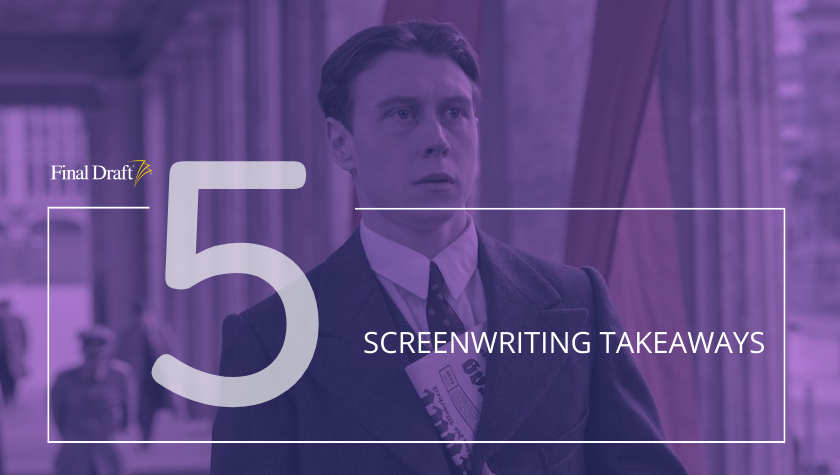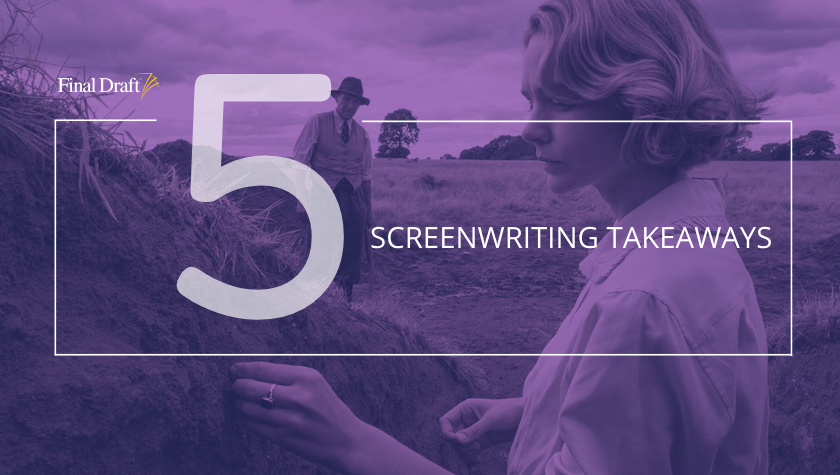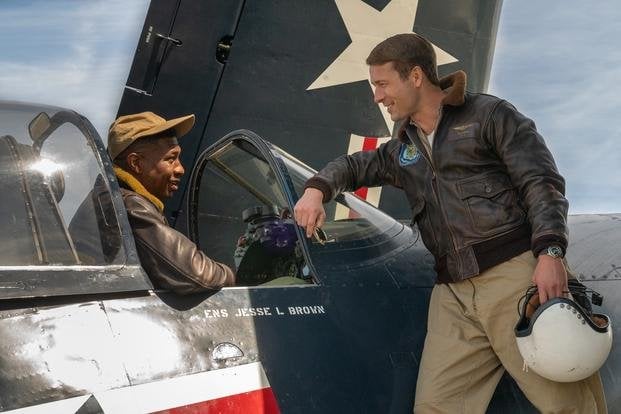Adapting ‘All Quiet on the Western Front’ and the evolution of the war movie
November 11, 2022
Author Erich Maria Remarque would have never wanted the films based on his highly-acclaimed 1929 novel All Quiet on the Western Front to be considered adventure films. On the first pages of the great novel, he even writes that death is not an adventure for those who stand face to face with it – these words are also displayed at the beginning of the 1930 film. Storytelling has changed over the course of 90 years but the characters in both the 1930 movie and the 2022 version find themselves in the inescapable hell called war, and both maintain their anti-war narrative.
The 1930 film won 7 Academy Awards®; considering the overwhelming praise of the 2022 version and it being the film Germany is sending to qualify for International Feature Film, All Quiet on the Western Front is poised to be another Oscar contender.
When you examine both these versions of the film, you can gain insight into how you write your next script and the varying way of adapting an acclaimed novel into a visual story.
Violence has changed
What expectations would you have watching a war film from 1930? It’s in black-and-white, there is no blood splattering, the actors had to fake getting hit because squibs didn’t exist and the dialogue was clean of swearing. While All Quiet on the Western Front notoriously made a first-person perspective of gunning down the enemy (and the battle scenes hold up quite well), it wasn’t until the late-1970s that violence became more intimate with epics like Apocalypse Now and The Deer Hunter.
Another evolution and expectation of the war film changed in 1998 with Saving Private Ryan. Steven Spielberg took you on the beaches of Normandy alongside the soldiers dying for every inch. Like the first-person perspective from the original, war films today put you right in the war.
War movies since the 1930s are grittier. The characters don’t have a good head of well-manicured hair as they rush into battle and they don’t lay on gurney’s and tell of their injuries. We see it.
Today’s war movies shows far more than it tells. This means that you have to write intriguing descriptions of the action and rely less on the characters talking, which is not favorable to those reading the screenplay. Two tricks to breaking up the description are:
- Short lines. Never exceed two sentences in your description before a break.
- Break up descriptions with dialogue, even if it’s a one-word curse. There’s nothing wrong with a character talking to themselves, we do it all the time.
Why tell this story now?
All Quiet on the Western Front was made into two films (1930, 1979) previously. Since the novel was written, there have been countless wars, most of which could be fodder for a story regarding the human toll on seemingly pointless wars. The films focusing on the Vietnam War often have this element.
Considering the extra costs in producing a historical film, where costumes and sets must be created to match the time period, there has to be relevance to the story to modern times. It’s not enough to think a story is great and has to be told.
That’s where the 2022 film differs from the 1930 one.
All Quiet on the Western Front takes liberties in its adaptation of the novel but still includes the decisions of war and peace, and death and destruction, for the sake of national pride.
The narrative which follows a young soldier from honor in enlisting to witnessing the horrors of trench warfare is contrasted by a desperate government official who wants to bring an honorable peace versus their enemy who believes in the spoils or war and sees themselves superior to a defeated nation.
Its relevance to today unlike the 1930 film can be seen in class equality, the decisions of the powerful men impacting those who fight their battles and what war still means to those who fight it. The government officials are okay with the continued onslaught so long as it meets their objectives and they look authoritative in the process – it doesn’t matter who dies as long as they win.
In contrast, the war films of the 1940s were about glory and honor. They featured John Wayne leading a platoon into battle or were based on actual victories or heroes taking place during World War II, such as Wake Island, which came out in 1942 less than a year after the Japanese invaded the island, or 30 Seconds Over Tokyo about Doolittle’s raid, which was released in 1944 while the war still raged.
If you’re writing your historical script, make sure there is a reason it takes place in the time period that it does. If not, then consider why it must take place in the past rather than the present.
Adapting a novel and making it your own
Adapting a book into a screenplay is a daunting task. It’s impossible to remain faithful to the original simply because there is too much inside a novel that can’t be shown on-screen.
All Quiet on the Western Front has an advantage of being a novel that’s over 90 years old, and thus, people are generally more forgiving — although it’s part of many high school reading lists so it’s still well-known. But even in the 1930 version, there was still plenty missing in the adaptation as well as new material they created for the story.
Novels are not visual, therefore the author relies more on description than dialogue. Screenwriters don’t have the luxury of waxing on for a page about a battlefield or a new pair of boots.
On top of that, backstory that’s prevalent on the novel’s pages must be turned into subtext for the character on the screen.
As a screenwriter, you need to be both faithful to the original story while creating something wholly your own. In the case for All Quiet on the Western Front, both versions use the book as a guide. There are pages captured from the novel that become scenes within the film. However, what’s thirty pages in the novel becomes about five minutes on-screen.
One example of how adapting changes is how both films handle Paul, the protagonist, going on leave. In the 1930 version, Paul heads home and experiences life as a battle-weary soldier fighting a seemingly nonsensical war. Most of these scenes in the film are different than the book, but keep to the spirit of the antiwar story. We see how his character arc differs from the beginning of the film.
The 2022 version doesn’t have this experience at all.
What’s important is to craft the story for your screenplay around what works for your narrative. People die at different times and in extraordinarily different ways in both films’ versions, which are both different from the book.
The 2022 version creates a whole new narrative featuring government officials and concludes the film in a way that the book doesn’t even touch on.
It’s okay to change the source material to reflect the story you want to tell. You can expand on ideas and scenes or remove them entirely. What’s important is to keep the spirit of the source material, which both versions do, and expect not everyone will be happy with the adaptation – but that’s screenwriting.
All Quiet on the Western Front (2022) had a big advantage over the original – history. When the original was written and then turned into a movie, the Great War had been over for over a decade and the world had recently been unsettled by the beginning of the Great Depression. But Hitler, Roosevelt and Churchill were not leaders of their respective countries yet and there didn’t seem to be a new war on the horizon. The latter version could take a long view of how the decisions of leaders impacted what was to come.
To show this point, the filmmakers even added the line by Matthias Erzberger (Daniel Brühl) who was one of those in charge of negotiating and signing the armistice between the Allied Powers and Germany, “Be fair to your enemies otherwise he will hate this peace”
All Quiet on the Western Front (2022) is streaming on Netflix.
Written by: Steven Hartman
Steven Hartman is an award-winning, optioned screenwriter. He was a Top 5 Finalist in Big Break’s Historical Category in 2019 and won Best Action/Adventure in Script Summit’s Screenplay Competition in 2021. He holds a Bachelor of Arts degree from Columbia College and had internships at Jerry Bruckheimer Films and Village Roadshow Pictures. Steve is a full-time writer and creative video producer by day and a screenwriter and novelist by night.- Topics:
- Discussing TV & Film




